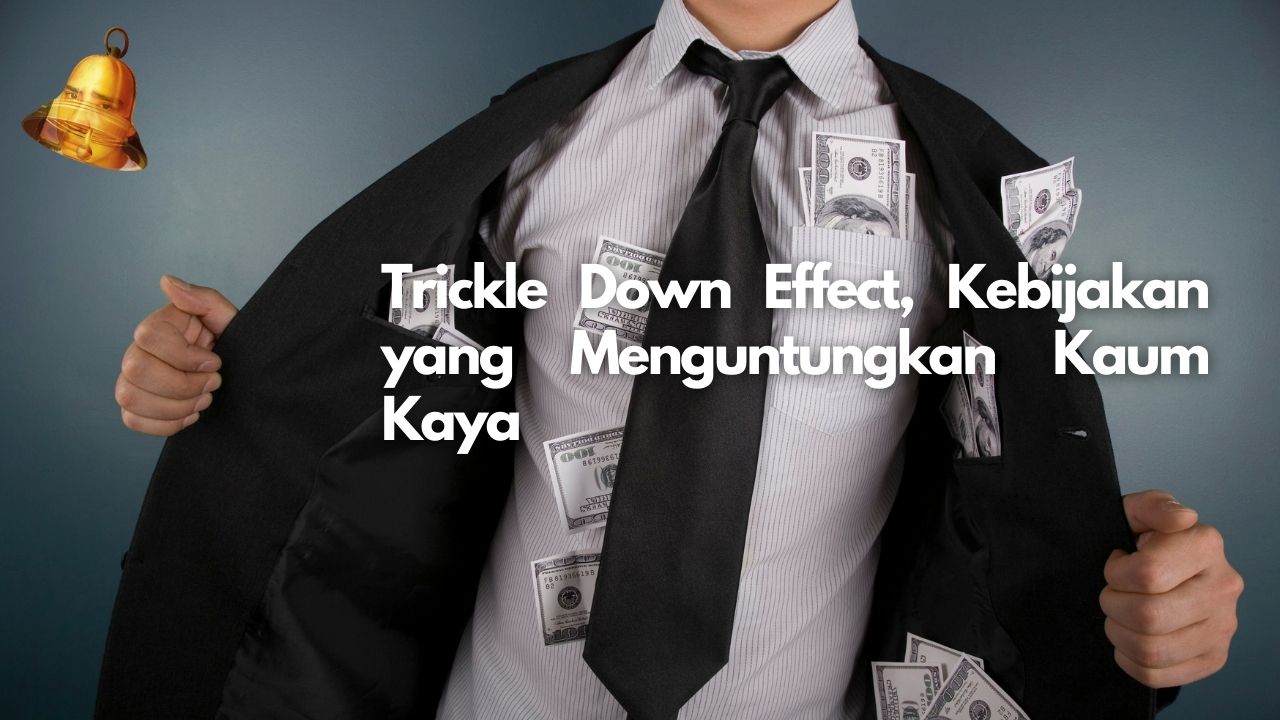In the world of economics and politics, the concept of the Trickle Down Effect is often a hot topic of debate. This policy emerged with the promise that providing benefits to the rich would ultimately benefit all levels of society. But is that really the case? In this article, we will explain what the Trickle Down Effect is, how it is applied, and the impact it has on society as a whole.
Understanding the Trickle Down Effect
The Trickle Down Effect is an economic theory that states that policies that benefit the wealthy, such as tax cuts for large corporations and high-income individuals, will ultimately lead to greater economic growth. The theory is based on the assumption that as the wealthy earn more money, they will reinvest it into the economy through purchases of goods and services and investments in businesses that will create new jobs.
History and Application of the Trickle Down Effect
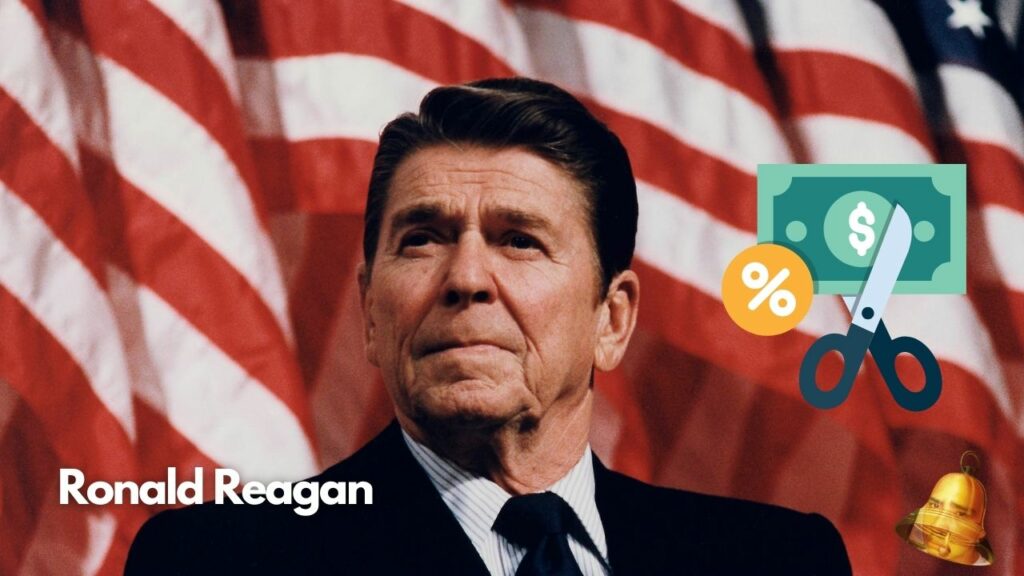
The concept of the Trickle Down Effect first became popular in the 1980s, particularly during the administration of President Ronald Reagan in the United States. Reagan implemented a policy of massive tax cuts for corporations and high-income individuals in the hope that this would stimulate economic growth and reduce unemployment. A similar approach was also adopted by Margaret Thatcher's government in the United Kingdom.
Impact of Trickle Down Effect
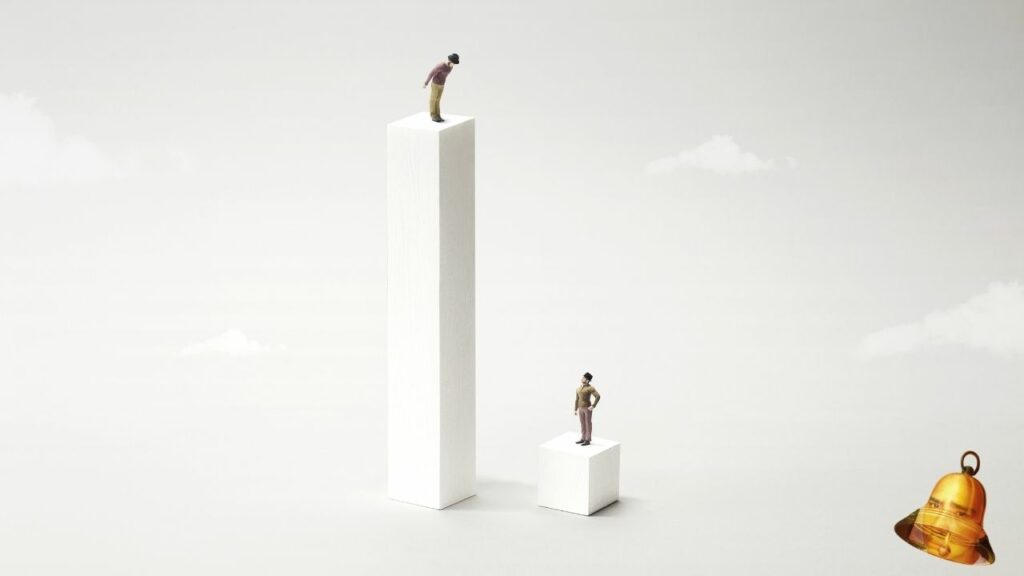
Although this theory sounds promising, the impact of the Trickle Down Effect is often controversial. Here are some of the main impacts that can be observed:
- Increased Economic Inequality : One of the main criticisms of the Trickle Down Effect is that it tends to widen the gap between rich and poor. When taxes are cut on the rich, revenues that would otherwise be used for social programs and public services are reduced, leaving low-income people further marginalized.
- Unequal Economic Growth : Despite increased investment from the wealthy, the benefits are not always felt by the wider community. Economic growth is often concentrated in certain sectors, while other sectors remain stagnant. As a result, the number of jobs created is not comparable to the number of people who need jobs.
- Public Budget Reduction : Extreme tax reduction policies can reduce state revenues, limiting the budget for social, education, and health programs. This has a negative impact on the quality of life of low-income people who are highly dependent on public services.
Case Study: United States and United Kingdom
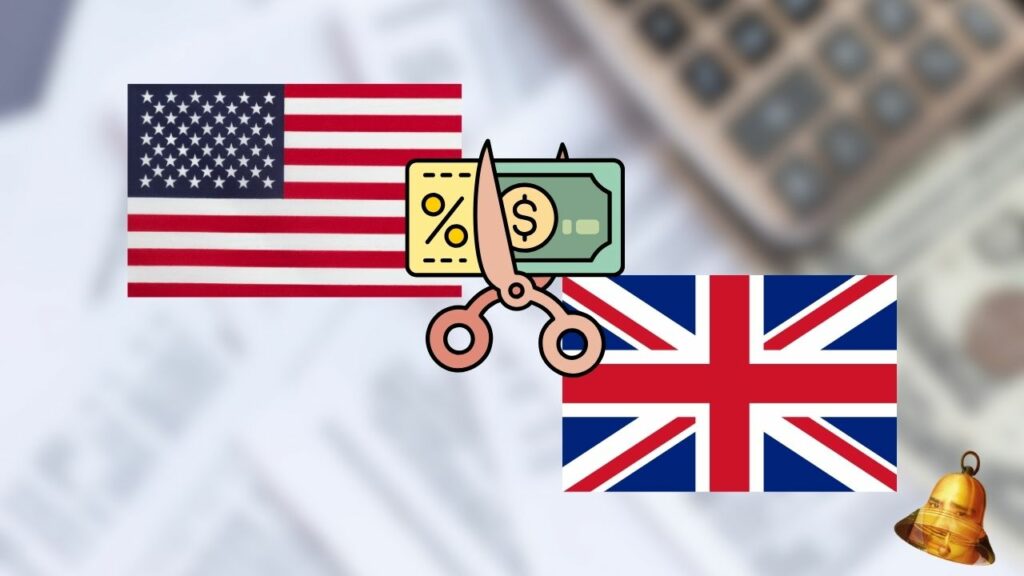
The United States and the United Kingdom are two countries that are often used as examples of the Trickle Down Effect. During the Reagan and Thatcher administrations, large-scale tax cuts were implemented in the hope of encouraging economic growth. While there were some indications of increased economic growth, income inequality in both countries also increased significantly.
Alternative Trickle Down Effect
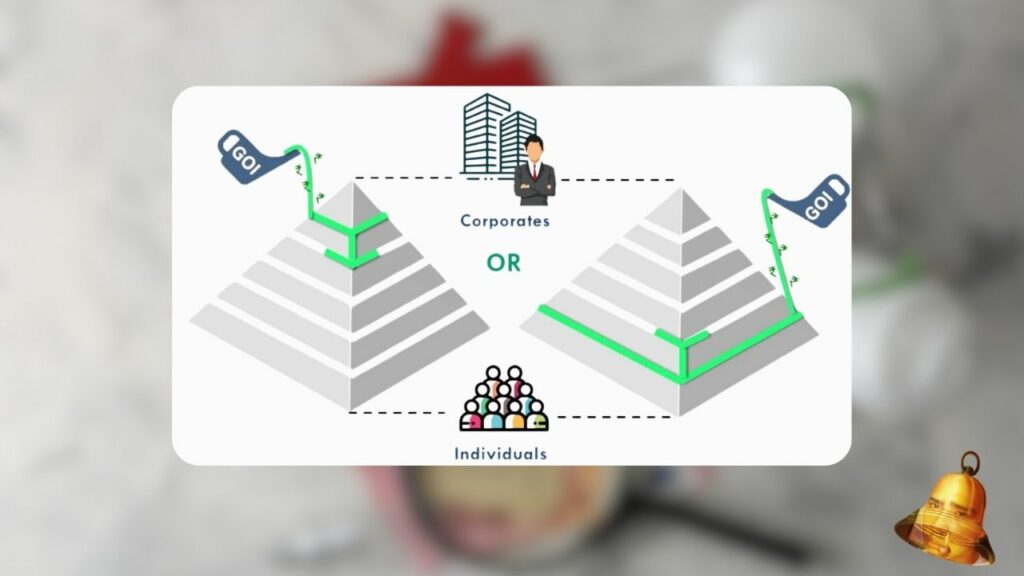
Given the negative impacts of the Trickle Down Effect, some economists and policy experts have proposed more inclusive and equitable alternatives. One of the alternatives that is often proposed is the trickle-up economic theory, which emphasizes the importance of increasing the purchasing power of low- and middle-income people. In this theory, policies such as increasing the minimum wage, expanding access to education and health, and supporting small and medium-sized businesses are considered more effective in driving inclusive economic growth.
Conclusion
The Trickle Down Effect is a controversial economic policy that aims to boost economic growth by reducing taxes for the wealthy. While the theory is promising, the reality often widens economic inequality and reduces spending on much-needed public services for low-income people. Achieving sustainable and inclusive economic growth requires a more equitable policy approach that benefits all levels of society.
Thus, it is important for policymakers to consider the long-term impacts of the economic policies implemented. Instead of relying solely on the Trickle Down Effect, we need to find more inclusive and sustainable solutions to create a more prosperous and equitable society.
Hopefully this article provides a clearer insight into what the Trickle Down Effect is and how it impacts the economy. Let's continue to discuss and find the best solution for a better future for all.


